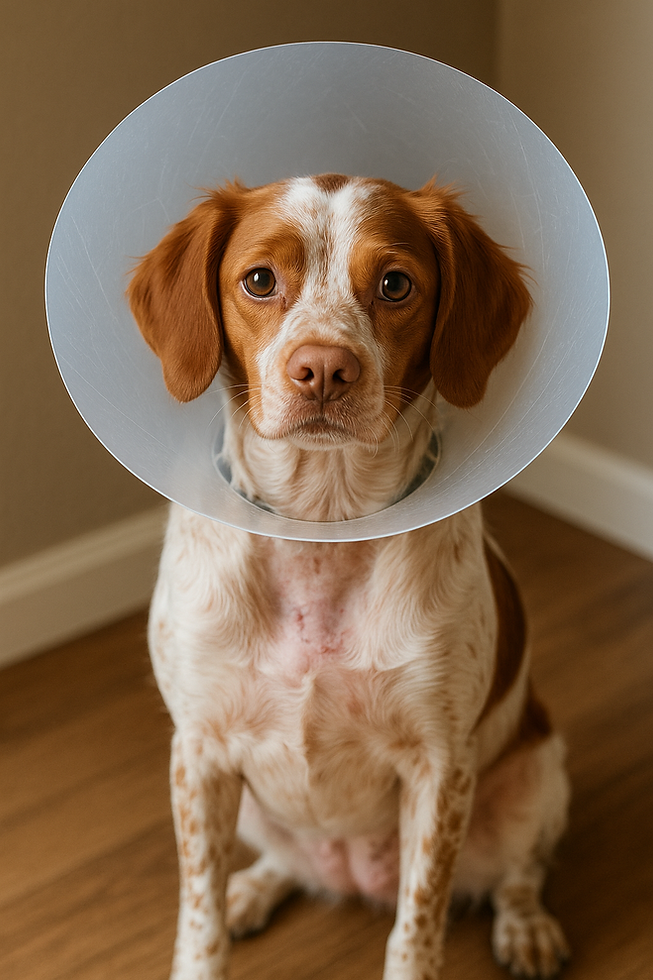
What’s the Healthiest Age to Spay or Neuter Your Dog?
- Joel Ebstein

- May 20
- 2 min read
One of the most important decisions you’ll make as a dog owner—whether you’re a first-time puppy parent or seasoned handler—is when to spay or neuter your dog. While the procedure offers long-term benefits, timing plays a critical role in your dog’s health, development, and behavior.
So, what is the healthiest age to spay or neuter your dog? The answer depends on your dog’s breed, size, sex, and intended purpose (e.g., companion vs. working dog).
General Guidelines for Spay and Neuter Timing
Small Breed Dogs (under 45 lbs as adults):
Recommended age: 6–9 months
These dogs mature faster and face fewer orthopedic concerns, so earlier spay/neuter is typically safe and beneficial.
Medium to Large Breeds (over 45 lbs):
Recommended age: 12–18 months
Waiting allows time for proper bone and joint development, reducing the risk of issues like hip dysplasia, ACL injuries, and certain cancers.
Females:
It’s often advised to wait until after the first heat (around 9–12 months) for large breeds. Early spaying before full hormonal maturity may slightly increase the risk of urinary incontinence or orthopedic problems.
However, spaying before the first heat significantly reduces the risk of mammary tumors, especially in small-breed dogs.
Males:
Neutering between 12–18 months is often ideal, particularly for working or active breeds. This timing allows testosterone to support healthy muscle and skeletal development.
Neutering earlier (around 6–9 months) may reduce marking, roaming, and some behavior issues, but could affect joint growth in large breeds.
Why Timing Matters
Early spay/neuter (under 6 months) may:
Increase risk of joint disorders in large breeds
Alter the natural growth of bones due to hormone disruption
Prevent certain cancers and unwanted litters
Delayed spay/neuter (after 1 year) may:
Allow more complete physical development
Increase the risk of accidental breeding if not closely managed
Offer slight protection against orthopedic issues
What About Hunting or Working Dogs?
For dogs like the Epagneul Breton (French Brittany) and other active or field-bred breeds, waiting until 12–18 months is often recommended. These dogs benefit from hormone-driven muscle tone, stamina, and confidence—all of which can be disrupted if neutered too early.
However, every dog is unique. Discussing your goals (companion pet vs. performance dog vs. breeding prospect) with a trusted breeder or vet will give you the best guidance.
Final Thoughts
Spaying and neutering offer real benefits—such as reducing pet overpopulation, curbing unwanted behaviors, and preventing certain cancers. But when you choose to do it should be based on your dog’s breed, size, lifestyle, and health.
Always consult with your veterinarian and, if applicable, your breeder. With the right timing, your dog can enjoy a lifetime of health, comfort, and companionship.

Comments